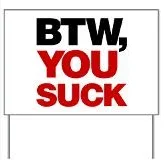I've been watching & lurking for some time now, finally pulled the trigger on an indicating micrometer & it arrived today. For 125 USD I'm happy. It is the specific style I was after. It appears to have seen little use. Everything functions is smooth, no rust. More like thickened oil or stain. The indicating needle (not showing) repeats very nicely. It has a light ID# engraved but hardly noticeable. I thought the bezel was cracked but on closer inspection it looks to be glue smear which mostly came off. After I took this pic I removed the cover I saw what might be original rubbery type glue which I removed & it looks better. I'm wondering if it is the stock bezel with degrading adhesive or someone made a replacement a some point. I'm sure I could cut something out of 1mm plastic if it bothered me.


Last edited:



